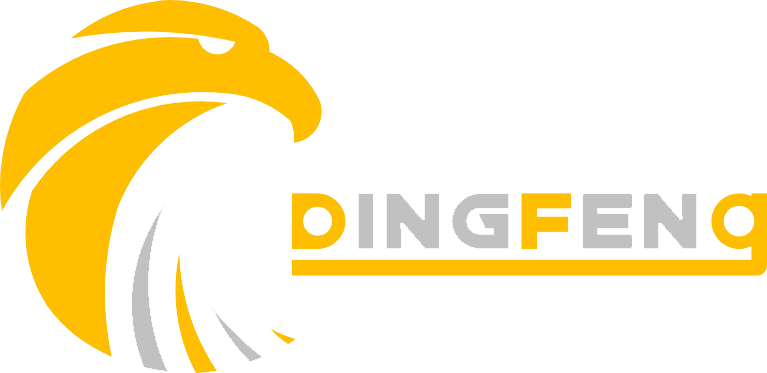The etching process is a very common process today. It is usually used for metal etching. Our usual common billboards, PCB lines, lift panels, stainless steel ceilings, etc., often use the etching process in their production. Generally speaking, according to the type of material being etched, the etching process can be divided into the following categories:
Process flow: polished or brushed copper plate surface cleaning → screen printing with photoresistive ink, printing graphics and text → drying → etching pre-treatment → cleaning → detection → etching → cleaning → etching → cleaning → removal of screen printing protective layer → hot water cleaning → cold water cleaning → post-treatment → finished product.
Process Flow: Surface Cleaning of Printing Plate→Screen Printing Liquid Photoresist Ink→Drying→Exposure→Development→Rinsing→Drying→Inspection and Verification→Film Hardening→Etching→Removal of Protective Layer→Rinsing.
Process Flow: Plate surface cleaning → liquid photoresist screen printing ink → drying → exposure → development → rinsing → drying → check and verify → film hardening → alkaline dip treatment (alkaline etching) → de-inking (photosensitive etching ink cleaning →) rinsing.

Regardless of which etching process is used for any material, the first step is to select the appropriate ink. The general requirements for the selection of ink is good corrosion resistance, acid and alkali resistance, high phase resolution, can print fine lines, etching depth to meet the production requirements, the price is reasonable.
Photosensitive Blue Ink Etching Blue Ink is a high resolution engraving ink for screen printing. It can be used as an etching ink for printed circuit boards and as a protective anti-etching ink for stainless steel and aluminium surfaces. Photosensitive Blue Oil can etch fine lines, typically to a depth of 20 microns. To remove the ink, simply soak in a 5% aqueous sodium hydroxide solution for 60-80 seconds at a water temperature of 55-60°C. The ink can be effectively removed.
Of course, imported photosensitive blue engraving inks are more expensive than ordinary blue inks. If the etching requirements are not too precise, you can use domestic self-drying ink, such as advertising signs, stainless steel lift doors and so on. However, if the etching products require relative precision, it is recommended to use imported photosensitive etching blue to get high quality etching oil.
Post time: Sep-30-2024
